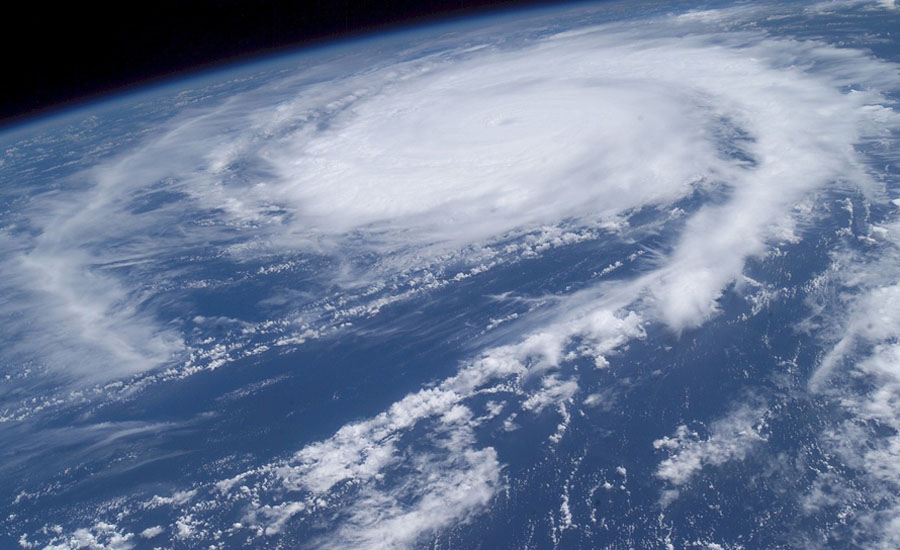The National Transportation Safety Board (NTSB) resumes its search today for the vessel data recorder of the El Faro, the doomed cargo ship that sank Oct. 1, 2015 during Hurricane Joaquin. All 33 of the El Faro’s crew perished in the accident.
The mission for the second search is to retrieve the ship’s vessel data recorder and better document the wreckage to help determine exactly why and how the ship sank.
The second search is being conducted in cooperation with the National Science Foundation and the Woods Hole Oceanographic Institution. The research vessel Atlantis is scheduled to depart Charleston, South Carolina, April 18. The vessel is scheduled to search the accident site for 10 days before returning to Woods Hole, Massachusetts, around May 5.
Search goes high tech
The Atlantis will carry a sophisticated autonomous underwater vehicle, AUV Sentry, to search for the voyage data recorder. The VDR should contain critical information for NTSB and U.S. Coast Guard investigators. Besides basic navigational data, the recorder memory is expected to contain voice data from the El Faro’s navigation bridge in the hours before the ship sank in more than 15,000 feet of water. In addition to the information contained in the VDR, investigators will obtain digital high-resolution imagery of the hull and wreckage of the El Faro.
Ship found in pieces
Last November the NTSB worked with the U.S. Navy aboard the USNS Apache to successfully find the El Faro and conduct surveys of the debris field. The first search revealed that the upper two decks, including the navigation bridge, had separated from the El Faro’s hull and were about a half mile away on the ocean floor. The main mast of the El Faro and the attached VDR were not found during the first search.






